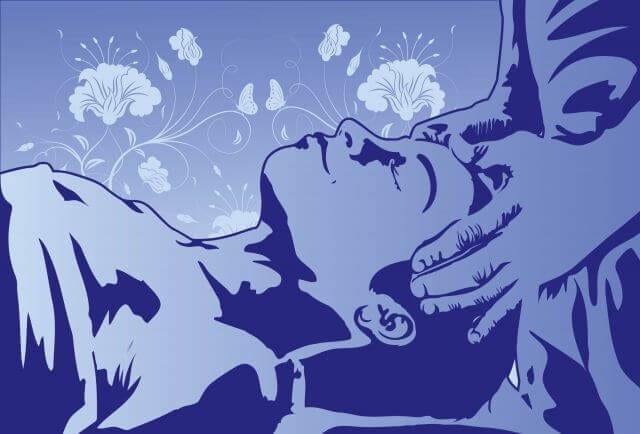Due to its ability to increase blood flow to the scalp, massage for hair loss holds many potential benefits. Massage for hair loss is the act of rubbing, kneading and applying pressure to the skin of the scalp with the fingers and hands. Of the wide range of benefits scalp massage can provide, perhaps the greatest benefit is considered to be the increased blood flow to the surface of the skin. This is the reason why individuals suffering from hair loss are turning towards massage for help.
Techniques and Benefits of Scalp Massage for Hair Regrowth
Massage for hair loss performed by a trained massage therapist will increase blood flow to the hair follicles, condition the scalp, and enhance the strength of the roots. It will also aid relaxation and reduce feelings of stress. Kneading during a massage warms the skin and opens up the blood vessels, thereby increasing blood flow. Increased blood flow to the hair follicle will result in increased nutrient intake. All hair follicles need an adequate supply of nutrients in order to grow. Rubbing during a massage promotes relaxation and aids in stress reduction. Reduced levels of stress hormones allow the body to function with increased efficiency and this, in turn, enhances the ability of the hair follicles to grow hair.
The use of nourishing oils during scalp massage for hair loss is thought to condition the scalp, hair root, and hair shaft. It reduces conditions that can interrupt the process of hair growth, including dandruff and dry skin. Regular massage for hair loss involving oils can reduce the chances of the hair strands becoming brittle, split, and broken.
Are you interested in becoming a certified massage therapist?
Visit the links below to explore our massage therapy programs at a campus near you:
Clinical Studies and the Effectiveness of Scalp Massage
The results of a randomized, seven month trial used to investigate the effectiveness of aromatherapy in the treatment of people with alopecia areata were reported in the Archives of Dermatology in 1998. The study, conducted by Isabelle C. Hay, Margaret Jamieson and Anthony D. Ormerod in the Department of Dermatology at the Aberdeen Royal Infirmary in Scotland, United Kingdom, involved eighty-six people, all of whom had been diagnosed with alopecia areata, a condition in which hair loss is apparent on some or all parts of the human body, particularly the scalp.
The participants in the study were divided into two groups. The first group, referred to as the active group, received a daily massage for hair loss over a period of seven months. The essential oils of lavender, cedarwood, thyme and rosemary in a blend of the carrier oils of jojoba and grapeseed were massaged into the people’s scalps in the first group. The second group, referred to as the control group, received daily massages with only the carrier oils of jojoba and grapeseed over the same time period.
Hay and Ormerod then set about evaluating the success of massage for hair loss using computerized analysis of the traced areas of hair loss shown in the photographs they had taken throughout the study. They also used a six-point scale to measure the effectiveness of massage for hair loss in the two groups. Hay et al. witnessed an improvement in 44% of the 43 patients making up the active group. In contrast, the same could only be said for 15% of the 41 patients allocated to the control group. The results of this study indicate that massage for hair loss with essential oils is an effective treatment for the condition of alopecia areata.
In addition to stimulating blood flow through the scalp and increasing the probability of healthy hair growth, scalp massage is soothing and can help prevent headaches as well as benefit sleep patterns. A massage therapist trained in Asian Bodywork can also use acupoints found on the scalp, and tailor the massage treatment to the individual to help relaxation.
Click here to learn more about Pacific College of Oriental Medicine’s Chicago, New York, and San Diego Massage Therapy Programs.
Featured Posts:
